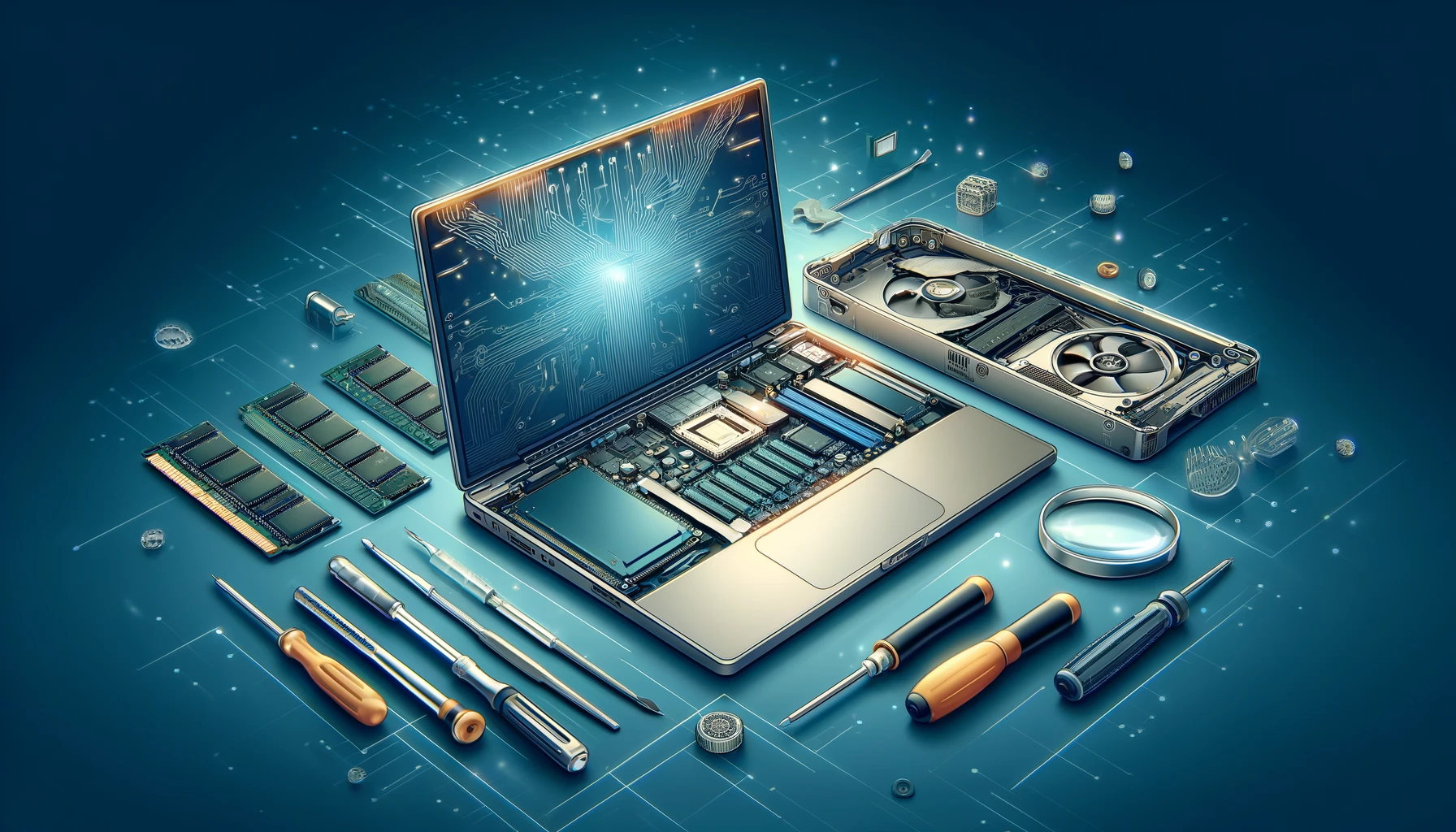Computers these days are part and parcel of our day-to-day life, doing a chain of activities, starting from simple calculations to the conduction of complex simulations. Since technology has evolved at a fast-paced speed, types of computers have been developed rapidly, all fitting in well with their specific requirements and uses. The essay discusses different types of computers in depth, including their characteristics, applications, and unique features.
1. Supercomputers
A supercomputer represents the highest level of computing performance, with the capability to perform very complex calculation instructions at high-speed computation operations. It has thousands and thousands of connected processors.

Characteristics
- Unrivaled speed of processing, reaching trillions of calculations per second.
- Very high costs, usually in the range of hundreds of millions of dollars.
- Used for applications demanding massive computation power, such as forecasting weather, climate, and scientific simulation.
Applications
- NOAA National Oceanic and Atmospheric Administration — weather prediction.
- Quantum Mechanics and Cryptanalysis Research.
- Simulating nuclear tests and other scientific experiments.
2. Mainframe Computers
Mainframe computers are large and robust systems that are used primarily by large organizations for their most critical applications, which are typically associated with bulk data processing such as the census, industry statistics, and processing of financial transactions.

Characteristics
- High storage capacity and reliability.
- Supports many users at once.
- Ideal for heavy-duty enterprise tasks and applications.
Applications
- Banking and financial services transaction processing.
- Census and statistics government institutions.
- Big businesses for enterprise resource planning (ERP).
3. Minicomputers
Minicomputers are another slightly out-of-date naming of an intermediate or mid-range server between mainframes and microcomputers, which were popular in the mid-20th century. The modern preferred term is mid-range servers.

Characteristics
- Fall roughly between the mainframes and the personal computers in size and power.
- Accommodates multiple users and applications at the same time.
- Less expensive than the mainframes.
Applications
- Smaller and medium businesses for billing, accounting, and inventory.
- Laboratories and research labs for data analysis and simulations.
4. Workstation Computers
Workstations are high-performance computers designed for technical or scientific applications. They are built with high computing power and advanced graphics capacities for huge tasks.

Characteristics
- High-performance processors and big RAM.
- Advanced graphic capabilities.
- Cost more than personal computers but give better performance.
Applications
- Graphic design, animation, and video editing.
- Engineering applications, such as computer-aided design (CAD).
- Data analytics and scientific analysis.
5. Personal Computers (PCs)
Personal computers, often referred to as microcomputers, are genuinely designed for a single person at a time. There are two broad categories: the more traditional desktop, which tends to remain in one place.

Characteristics
- Versatile and user-friendly.
- It contains a microprocessor, memory, and input/output interfaces.
- Affordable and widely used for everyday tasks.
Applications
- Web surfing, media, and gaming at home.
- Office work in a word document, spreadsheets, and presentations.
- Educational use and personal projects.
Subtypes
Desktops: Their design allows them to be stationary, with the monitor, keyboard, and system unit separate. They are high performers and are basically used at home and office.
Laptops: A portable personal computer designed for mobile use that incorporates most of the same components as a desktop computer, including a display screen integrated with a keyboard and pointing device, commonly in the form of a touchpad. Laptops include a battery for its use while on the move, striking a perfect balance between the power of a desktop.
6. Handheld Computers
Handheld computers like smartphones and tablets fit into your pocket and give you computing power on the go. These include tablets, smartphones, etc.

Characteristics
- Highly portable with touchscreen capabilities.
- Come equipped with multiple sensors and connectivity options wired into them (WiFi, Bluetooth).
- Can be used to perform various functions, from communication to gaming.
Applications
- Social interaction through calls, texts, and social media.
- Location and direction using GPS and maps.
- Apps for boosting productivity, entertainment, and tracking health on mobile.
Subtypes
Smartphones: Small devices that combine a computer and phone in one gadget. Usually, they have high processing capabilities, good storage, and superior cameras.
Tablets: Tablets are, of course, more significant than smartphones but more portable in terms of usage. It is ideal for media consumption and creativity, like drawing and note taking, with an added flavor of web browsing.
7. Servers
Servers are specialized computers that serve other computers with services over a network. They are critical because they are the administrators of resources and connectors for communication within the networks and between networks.

Characteristics
- Powerful processors combined with large memory capacity.
- Designed for uptime and reliability.
- Used to host websites, manage databases, and run enterprise applications.
Applications
- Hosting facilities and web-based services.
- Corporate intranets and enterprise software applications.
- More personalized cloud computing and storage solutions.
8. Wearable Computers
Wearable computers are the latest fad in personal computing, blurring the boundaries between technology and every accessory of daily living, be it watches or glasses.
Characteristics
- Compact and designed for continuous wear.
- Health metrics and activity tracking sensors.
- Often paired with smartphones to extend functionality.
Applications
- Health and activity monitoring.
- Augmented reality experiences.
- Hands-free communication and notification.
9. Hybrid Computers
Hybrid computers combine the virtues of both analog and digital computers. Hence, they possess the powers of keen precision in digital systems and data continuity in analog systems.
Characteristics
- Can process both analog and digital data. For specific applications, they are used when there is a requirement for real-time processing.
- Commonly used in medical and industrial settings.
Applications
- Health monitors, such as heart rate monitors.
- Industrial control systems.
- Requirements:
- The real-time data analysis for scientific-related research.

Conclusion
So computers evolved to cover all needs, from simple personal ones to the most complicated scientific calculations. The ability to identify different types of computers and their application will aid in selecting the right system to match requirements, whether personal, business, or scientific research. Technology will continue to advance, allowing for even more creative, more specialized types of computers to evolve and, with them, change our world.
If you want to buy computers, OLX & Daraz are great platforms to get great deals online. However, you may buy them from your local market as well to test it before purchasing.

Muhammad Faisal Rafiq is an experienced content editor with a passion for crafting engaging, informative, and user-friendly content. With extensive knowledge in automobiles, mobiles, tech, and home electronics, Faisal specializes in breaking down complex topics into accessible reads. Whether writing about the latest bikes or reviewing cutting-edge gadgets, his work reflects a dedication to delivering accurate and valuable insights. Outside of content creation, Faisal enjoys exploring emerging trends in tech and digital storytelling.




